Blog
December 25th, 2012

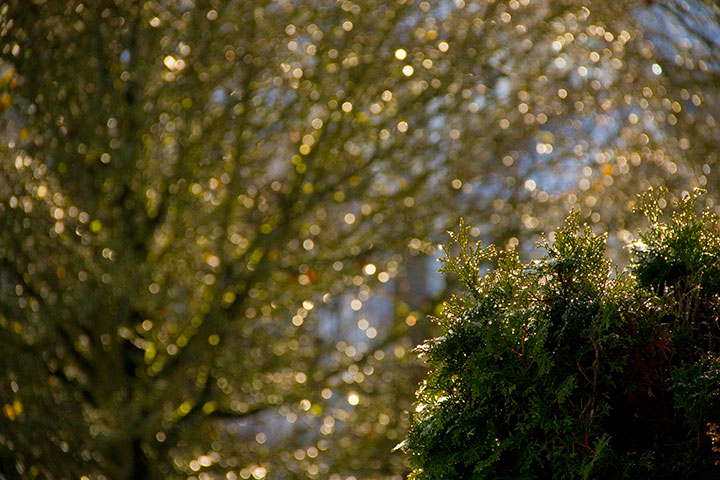
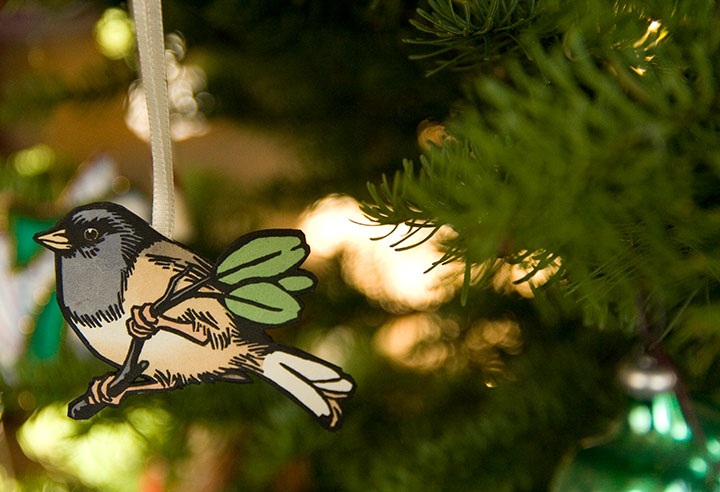

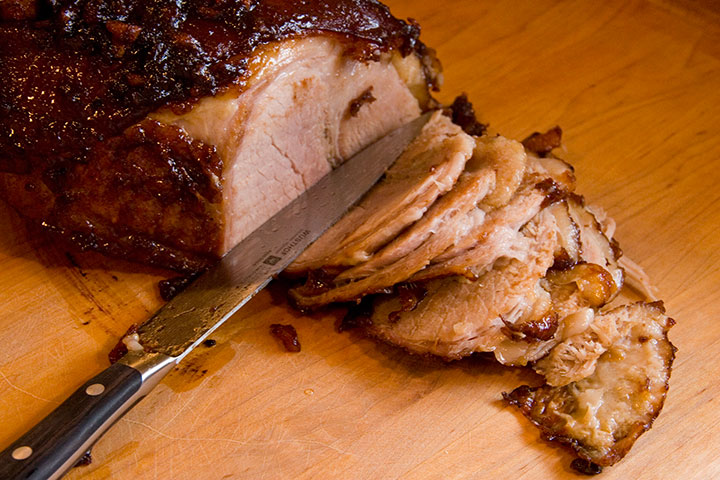
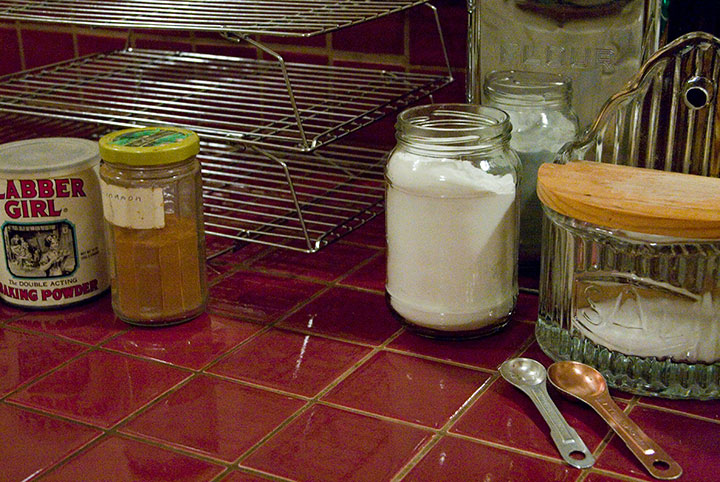
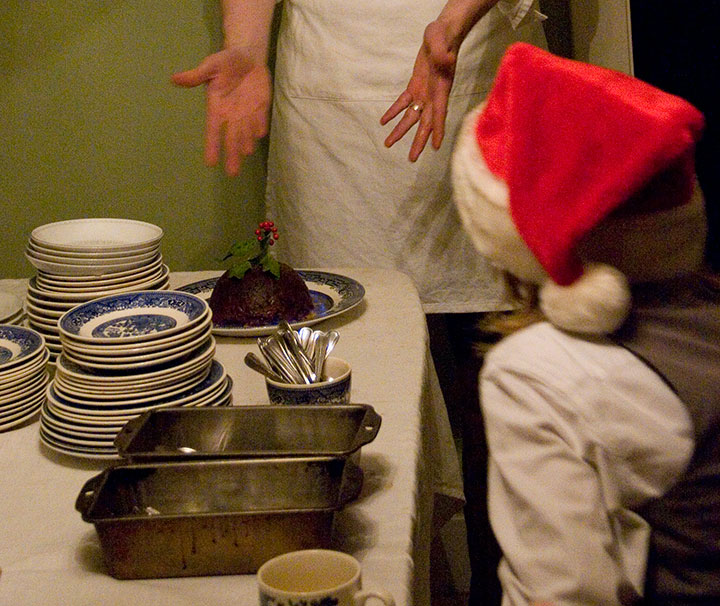

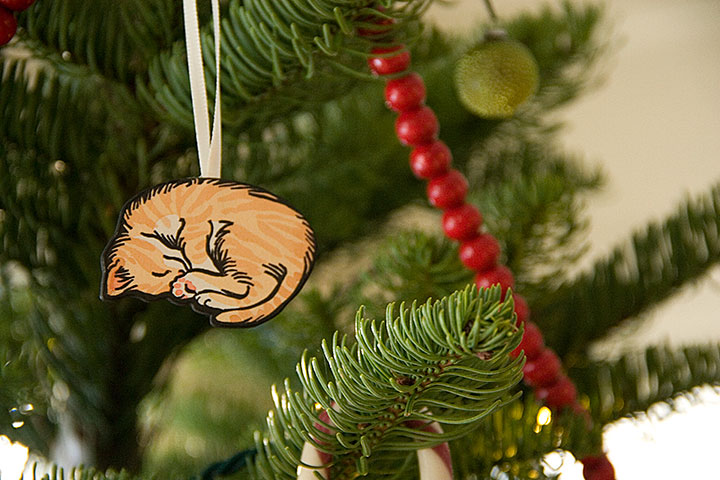

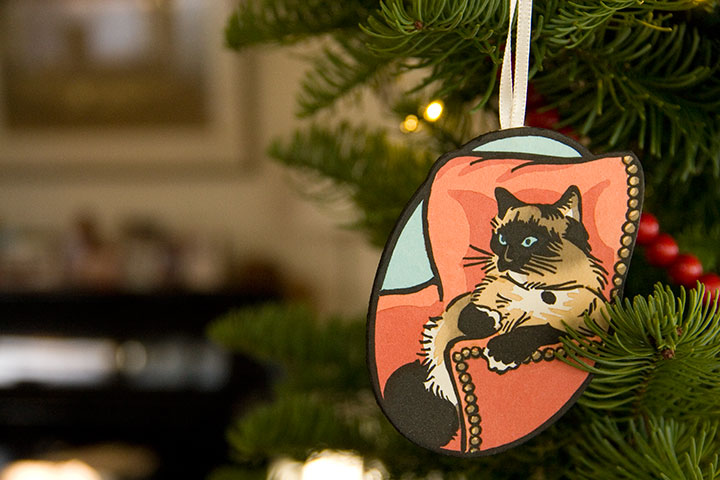
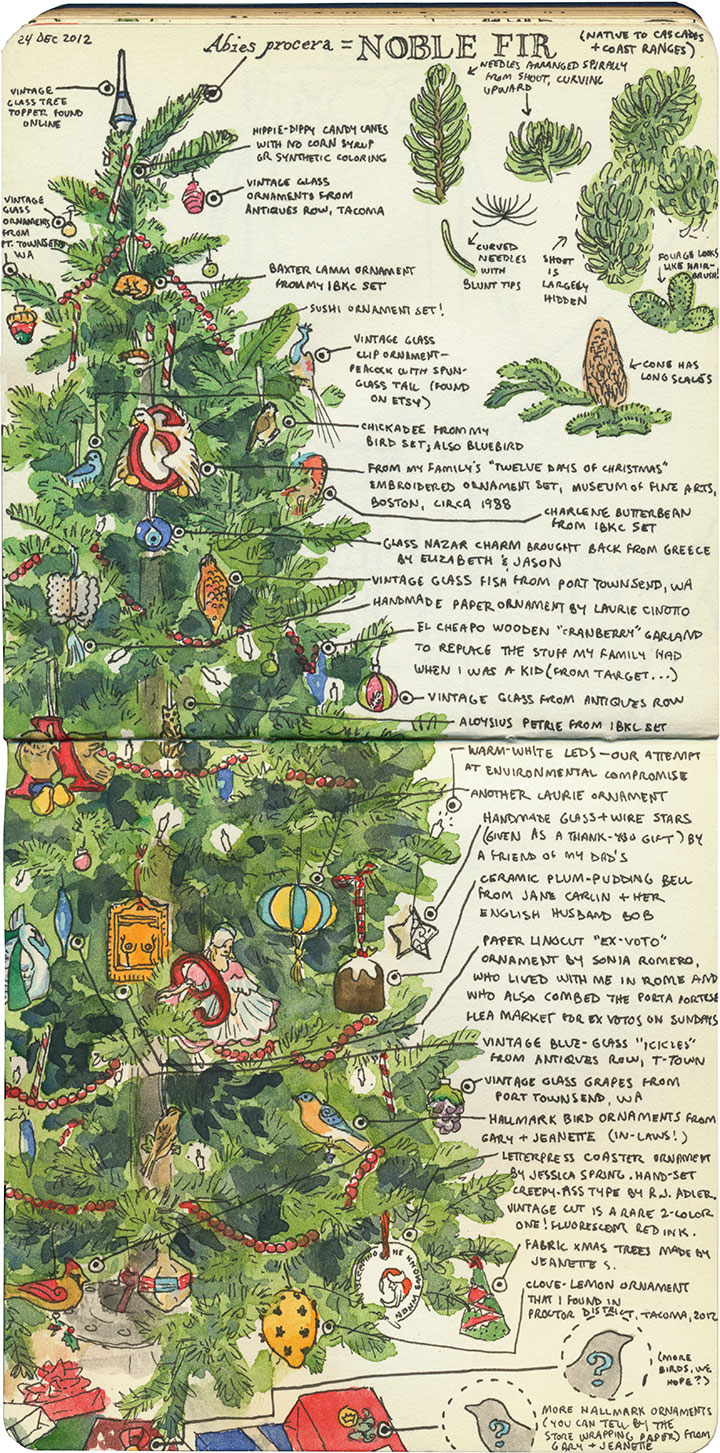
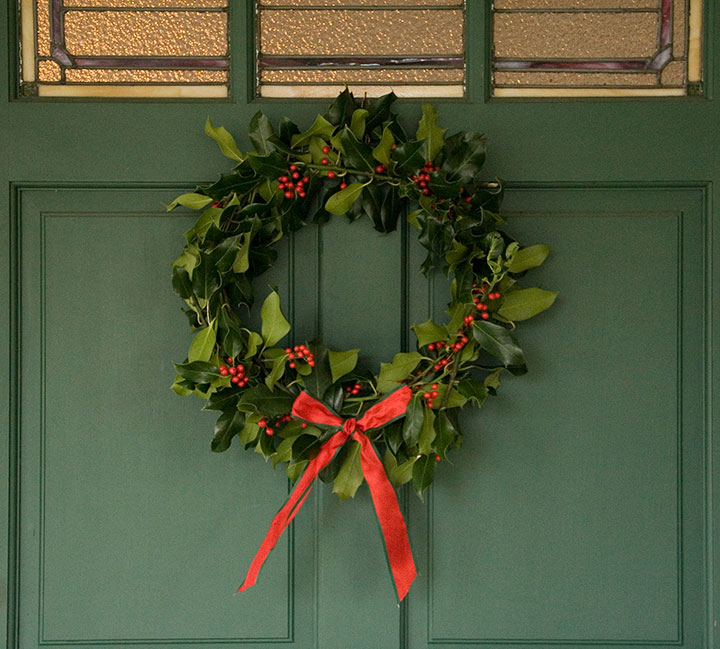
Today contains some of the few precious hours in the entire year that are just for us—when we can just be. We love the whirlwind of lights, colors, food, friends, music and surprises that comes with the holidays, but it’s the day we set aside for nothing but time that we look forward to all year.
May today be a gift to you as well—whether you spend it with family, friends, wide open spaces, or in your own lovely company.
Merry Christmas.
December 13th, 2012

Don’t let the sunshine fool you—the wind was fuh-reezing.
Still, I’m not about to pass up a nice day!
December 4th, 2012
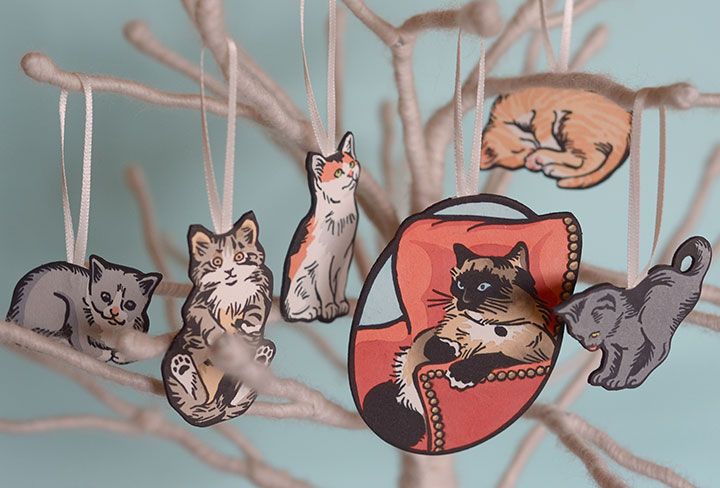
Photo by Laurie Cinotto
Right now my little cottage-industry factory is churning out Christmas—starting with this year’s letterpress ornament collection. This is the second year I’ve made letterpress ornaments, and I have been dying to show you this year’s crop.
Thankfully, I can finally let the…ahem…cat out of the bag.
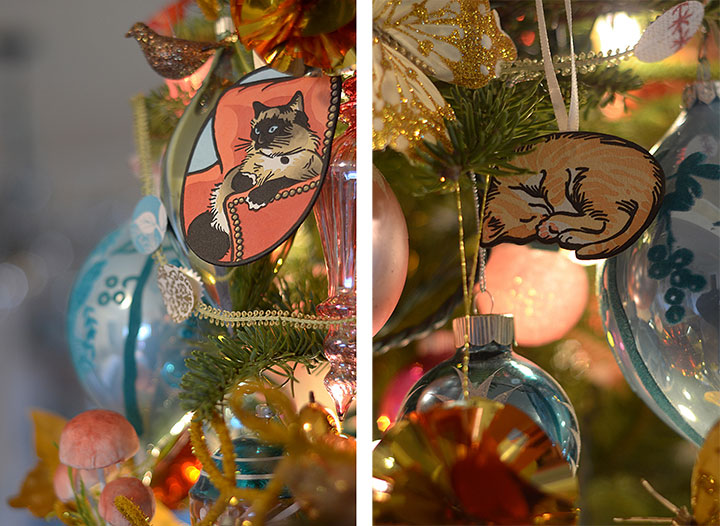
Look at Laurie’s amazing tree! She is the queen of holiday decorating.
There are two sets of ornaments this year, and for one of them I collaborated with my friend Laurie Cinotto, the fabulous fine-craft genius and kitty wrangler behind the insanely wonderful Itty Bitty Kitty Committee. A year ago I asked her if she’d be interested in doing a set of kitty ornaments, and for months now we’ve been positively chortling over these things. (Curious fact: we make nearly identical chortle sounds.)
The really hard part was picking which kittens from Laurie’s nearly endless alumni and gorgeous photographs to illustrate. In the end, I settled on a few of my all-time favorites: Clovis Ashby, who is a bit of a Tacoma celebrity. Extra-pretty Victoria Anne McGillicuddy in all her calico glory. Aloysius Petrie for his “Who, me?” look. My particular friend Baxter Lamm, who now makes mischief full-time at Jessica’s house. And Pearla Dearborn, to whom my secret heart belongs forever (even though she doesn’t live with me). And watching over the flock is Laurie’s own Empress Mama cat, Charlene Butterbean.
These kitties (and Laurie’s photographs) are T-town legends, as I found out this weekend. We did a little ornament test-drive at a local craft fair, and people kept saying things like, “Hey, that’s Clovis on that tree!” and “Wait a minute—what is Charlene Butterbean doing at your table?” But whether these guys are old hat for you, or you’re a dog person who’s never heard of such a thing as kitten blogs on the Internet—well, I just dare you to tear your eyes away from Laurie’s world.
There are just 200 sets of these ornaments to go around, and each one is ridiculously handmade. To give you an idea of just how ridiculous, I thought I’d walk you through part of the process.
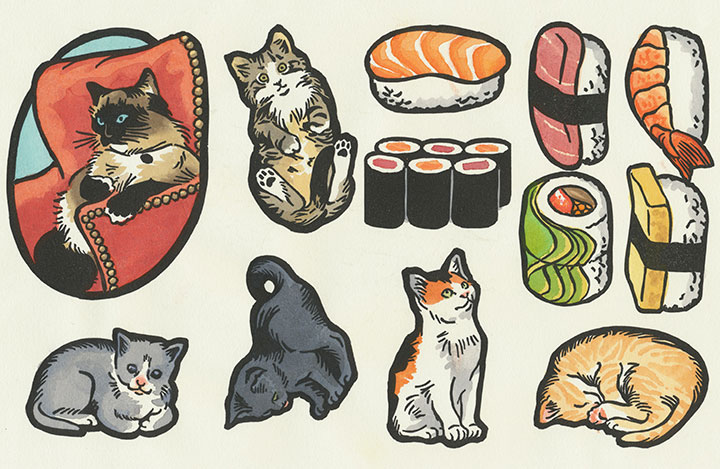
Yes, there’s sushi on that press sheet. That’s the other ornament set this year…
Y’all know my printing process pretty well by now, so I’m going to skip ahead a bit. Just FYI, these are linocuts; check out my bird prints if you’re curious about that process. But as you can see, I printed both ornament sets all at once, on one press sheet.

Then I went ahead with my usual hand-coloring assembly line.
No, wait a minute. I said 200 prints, right? Well, that’s a small edition for retail goods, but when you’re hand-painting each one, 200 feels more like eleventy billion.
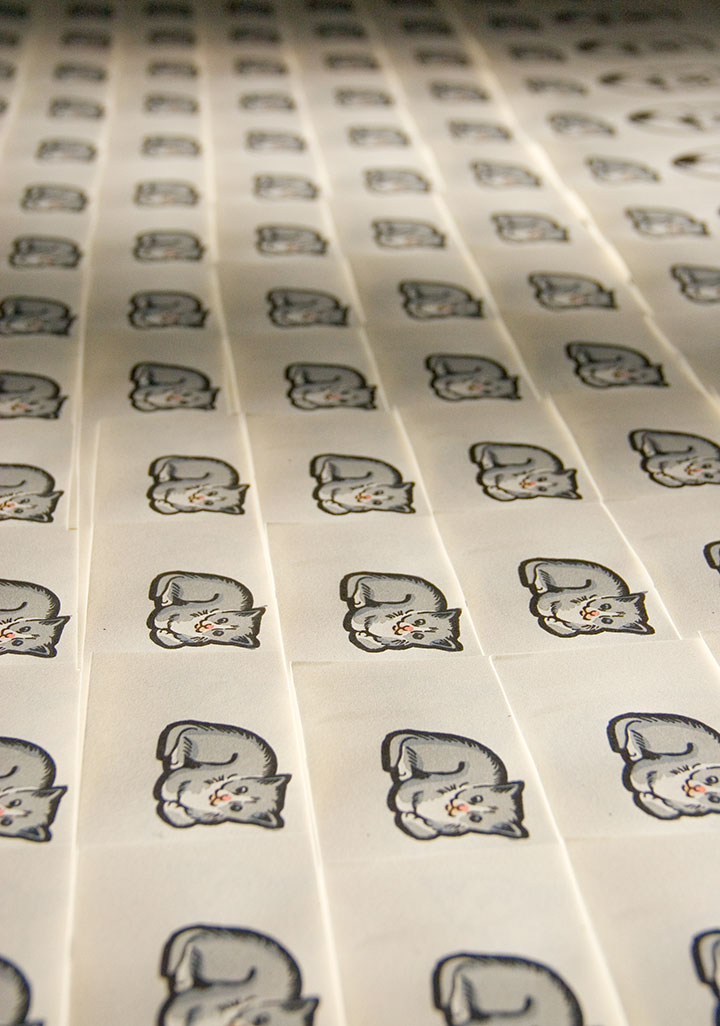
There, that’s more of an accurate picture.
Still, if the work stretching endlessly ahead of you to the horizon is a bunch of drawings of kittens, it’s impossible not to be happy about it, despite yourself. I know—I tested the hypothesis, and I’m still grinning like a fool.
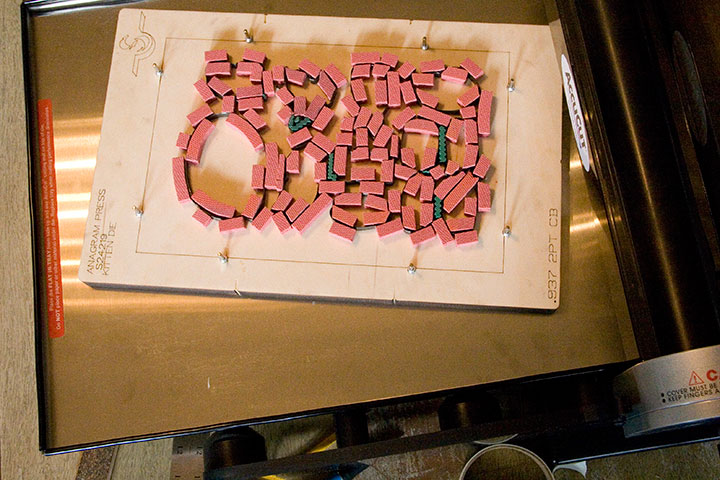
This year I added a new step to the process: rather than hand-cutting all 1200 kitties in the set by hand (ahem, Local Conditions, I’m looking at you!), I made the design simple enough that I could semi-automate part of the assembly line. I bought a hand-crank die-cutting machine, created a digital dieline (basically an industrial pattern) of my design, and sent it off to a friendly steel rule manufacturer in Kent.

I know that plank with all those pink foam bits doesn’t look anything like an ornament set, so let me zoom in. A die consists of steel blades embedded in a piece of wood. The blades are bent and arranged in precisely the configuration specified by the dieline. Those pink foam bits cushion the blades, hold the paper in place and help with cutting accuracy. When the die is run through the cutting machine (which works much like a Vandercook press), those pink bits squish down under pressure, exposing the blades and gripping the paper to be cut. Those metal pins sticking up are for lining up the press sheet—they’re spring-mounted, so they retract when the blade goes through the cutting machine.
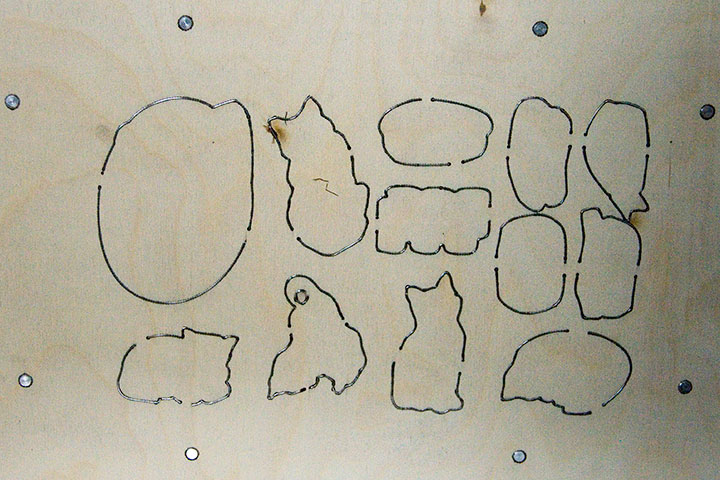
Here’s the underside of the die—now you can see how the blades fit the press sheet.
Still, while the die is a total lifesaver in terms of cutting time, the lightweight paper I was cutting made for some wiggle room—even with the extra line tolerance I built into the design. After all that hand-coloring I didn’t want to lose a third of my prints by cutting them in the wrong place. So I still had to do some puzzling and figure out how to outsmart the limitations here.
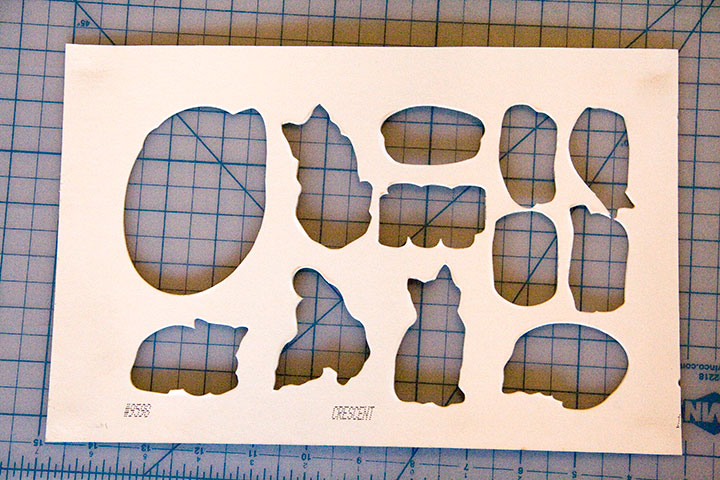
Since the lightweight prints are mounted to a heavier board to complete the ornaments (the ribbon loops are sandwiched in between), I was basically using the die twice. I realized that the leftover blanks of board would make a good template, and wouldn’t wiggle under pressure.
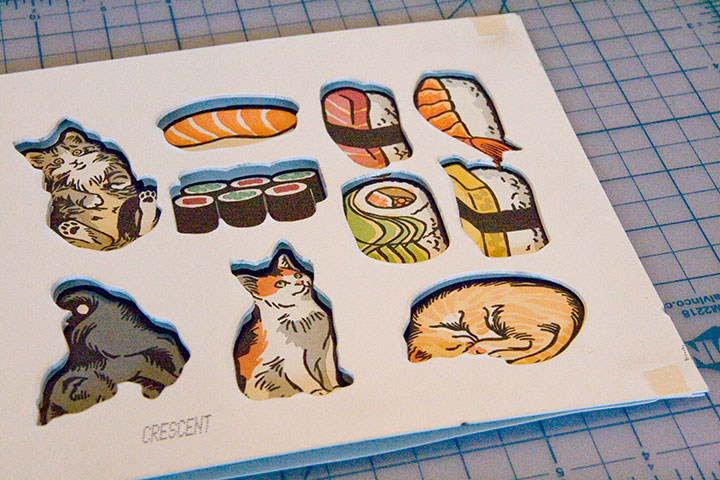
A little masking tape,

some quick eyeballing,
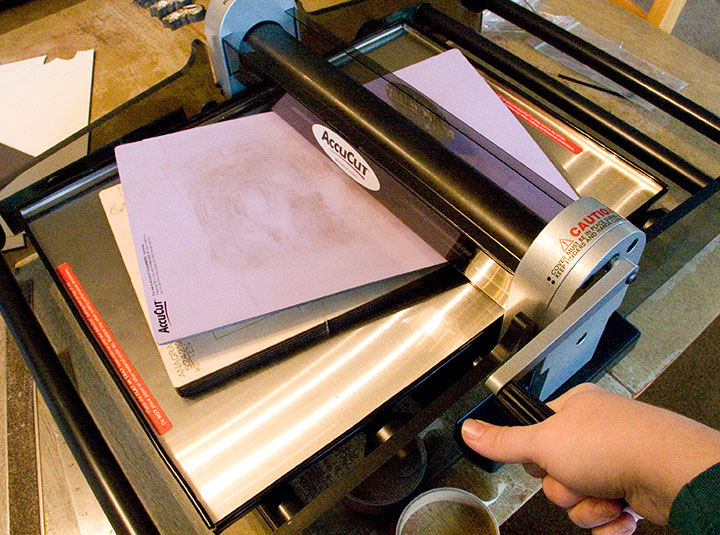
and slow-and-steady cranking in the press—
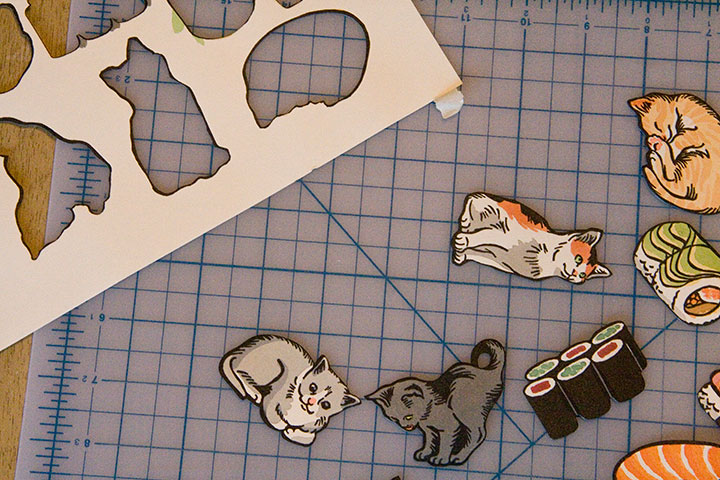
—and Bob, as they say, is your uncle.
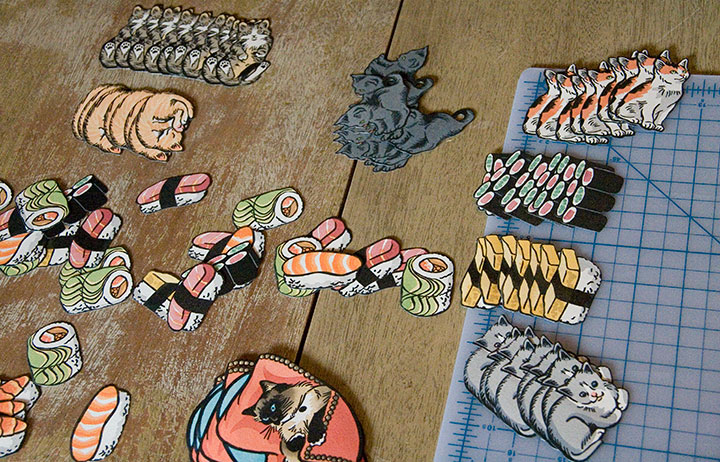
Individually taping down all eleventy billion 200 press sheets was a little mind-numbing, but still, the “finished” pile added up fast.
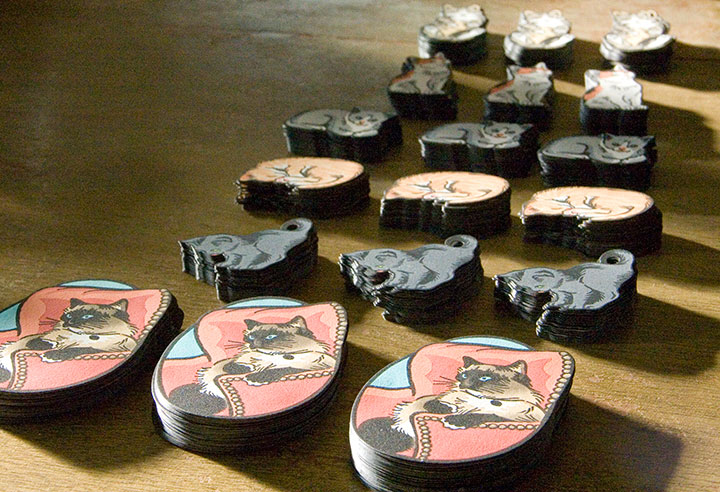
And it was awfully satisfying to see the whole edition completed in days rather than weeks or months.
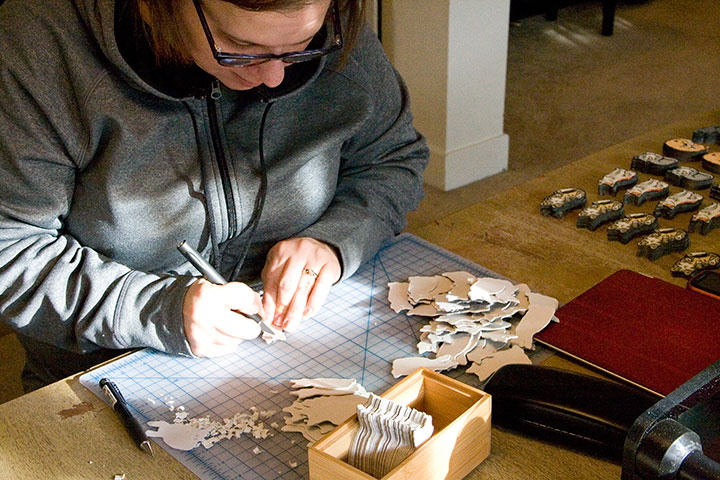
Laurie stepped in and saved my sanity by doing a lot of the grunt work—rough-cutting boards, snipping lengths of ribbon, and cutting insets into the board-kitties so that the ribbon loops lie flush and disappear.
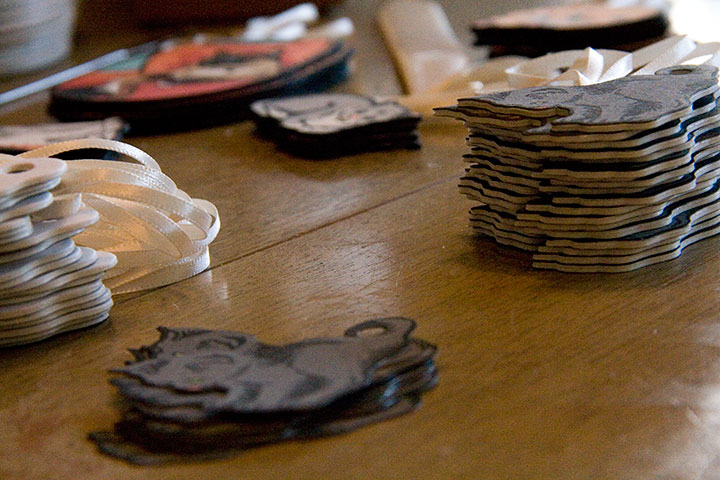
A quick coat of black around the edges,

and just a wee bit of cursive script on the back,
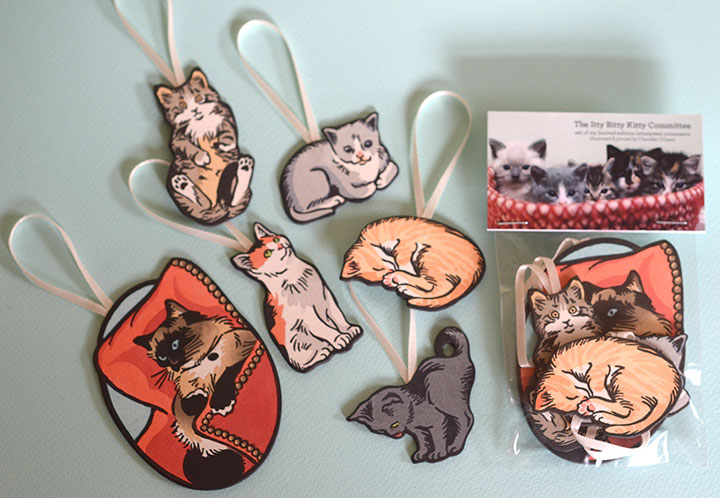
—and we have a litter of Christmas kittens. Laurie contributed one of my favorite photos for the packaging, and I basically have been unable to stop squealing ever since. Now the Tailor and I just need to hurry up and chop down our Christmas tree, so I can display these guys in the living room!
If you’d like a set, they’re up in the shop. To answer the foreseeable question, we’re just offering these in full sets—they were printed in sets, so we don’t really have any oddball solo pieces this time. And last year almost everyone wanted the full set of bird ornaments, rather than just one, so I let those votes carry the motion. Actually, there are still some bird sets left, so feel free to snag ’em if you missed out last year. As usual, these are limited-edition—I won’t be reprinting them, so once they’re gone, they’re gone for good.

One last thing: to make sure that Tacoma pets also have a happy holiday season this year, Laurie and I will be donating a portion of our proceeds to help stock the Tacoma Humane Society’s emergency pet food bank. We want to make sure that while we’re all having a kitty-themed Christmas, the kittens who inspire us get to enjoy Christmas dinner, too.
Happy tree-trimming!
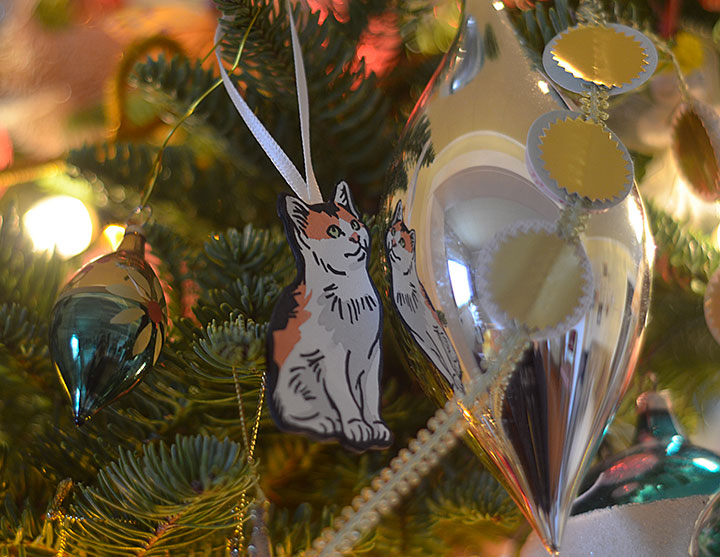
November 22nd, 2012
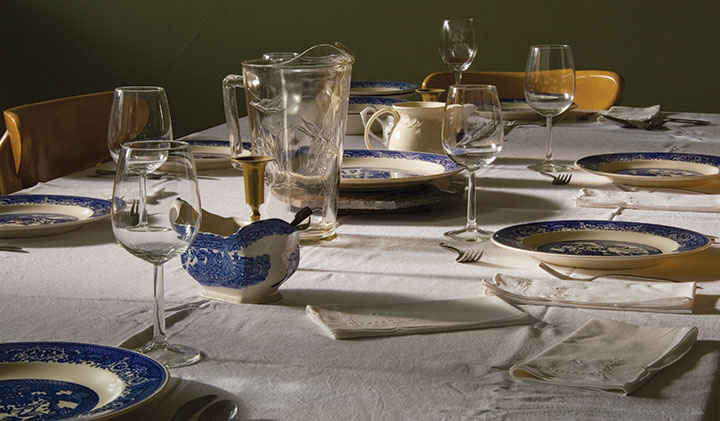
The table is set, the wine is poured, our friends have gathered round. We have everything we could want here, and for that we’re thankful.
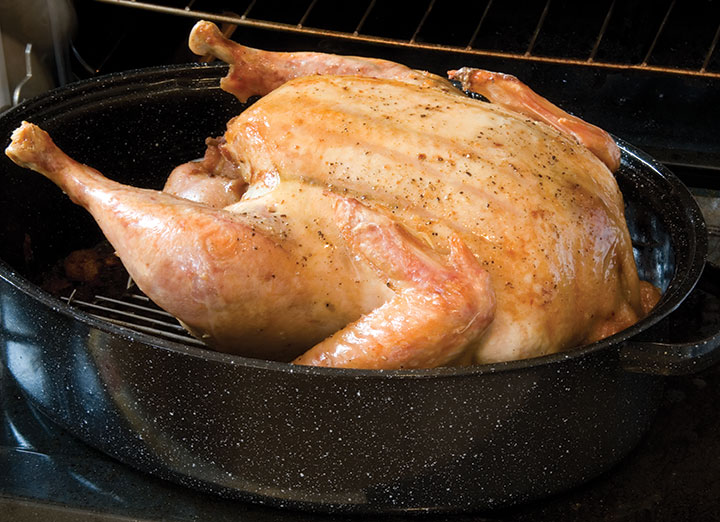
I wish you the same, wherever you are today. Happy Thanksgiving.
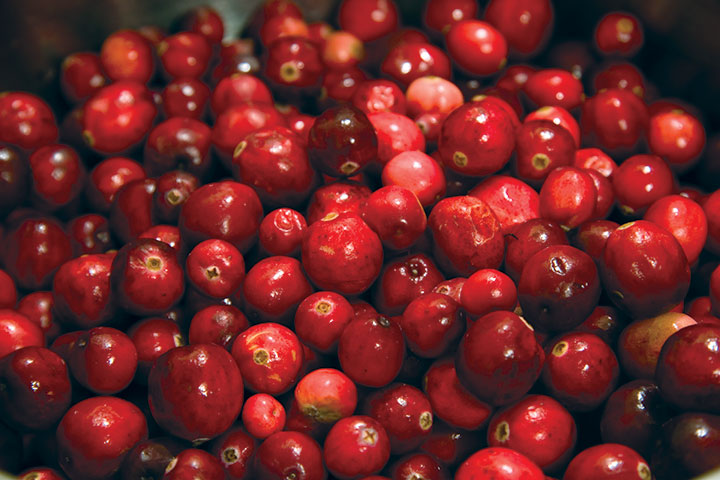
November 21st, 2012
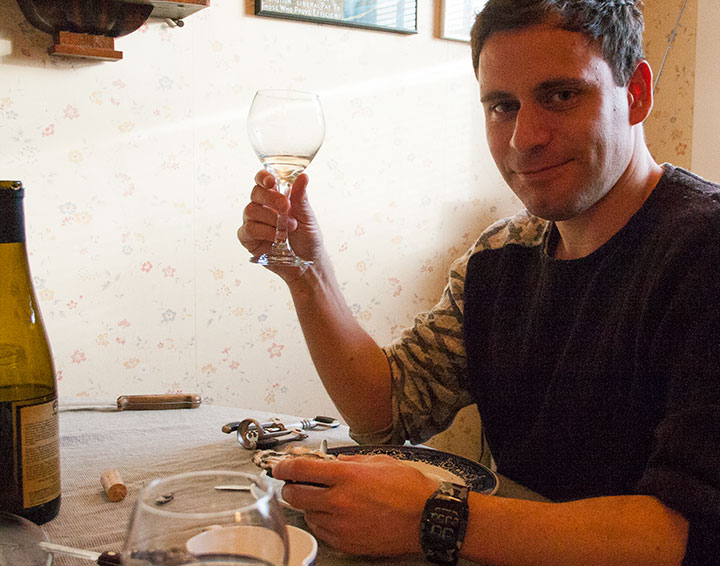
Hey, everyone—Gilles is back!
He’s here for Thanksgiving, but that meal’s not until tomorrow—so what do you think our favorite Frenchman would choose to serve up for lunch?
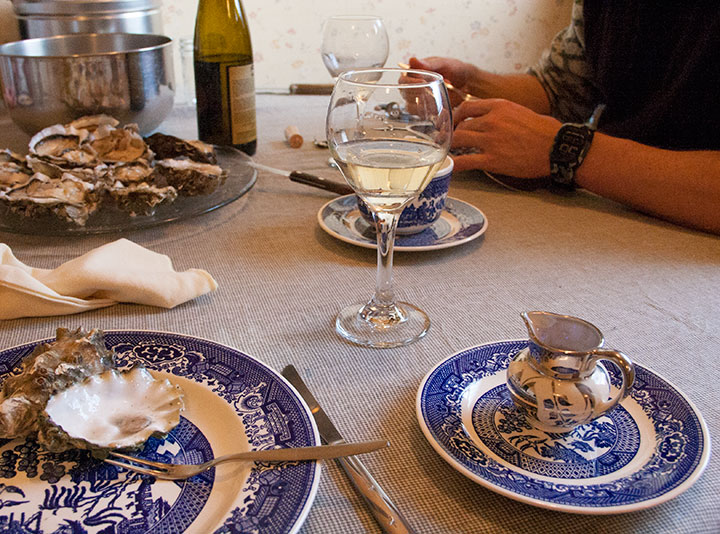
Fresh, raw, Pacific Northwest oysters, of course.

But I’d better stop blogging and get back to the table—before he eats them all!
November 14th, 2012
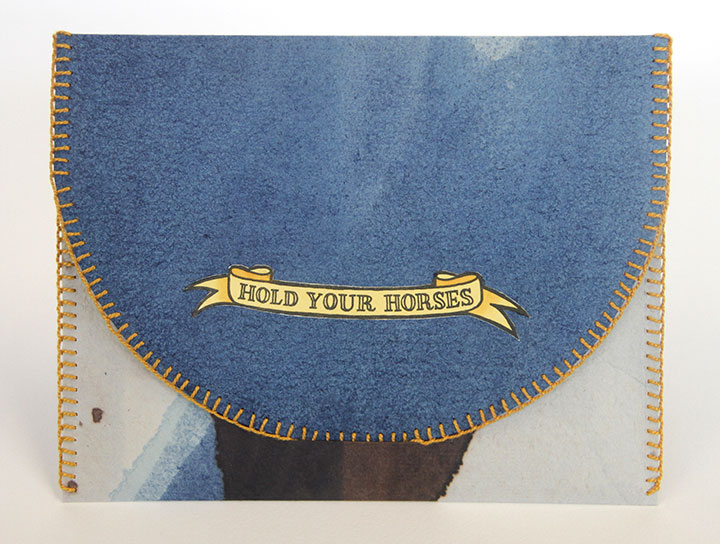
I’m pleased to present my latest artist book, Hold Your Horses.
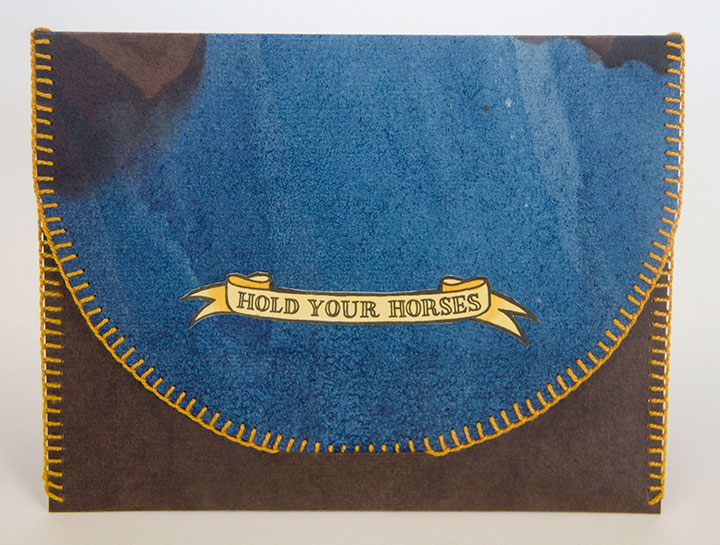
The book consists of a hand-bound portfolio (in various one-of-a-kind colors) that…well..holds some horses.
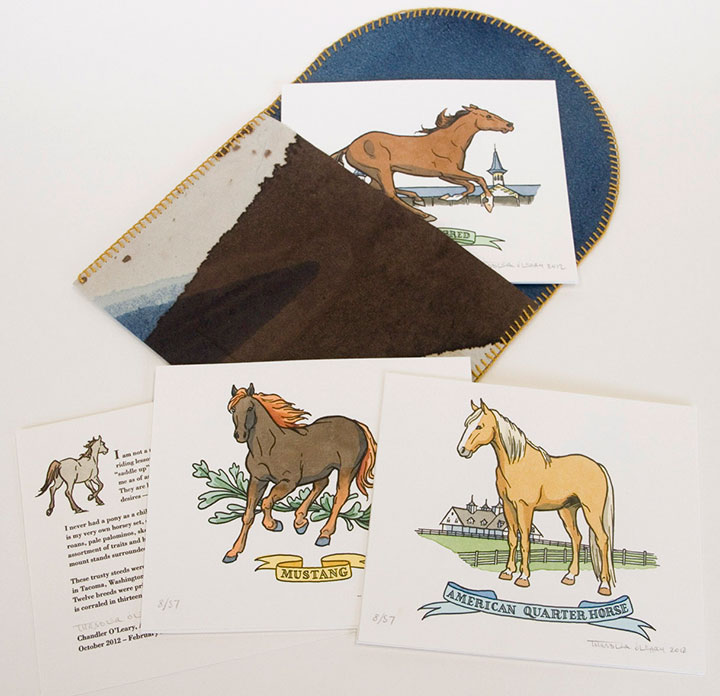
I figured it was only a matter of time before I did another print set like I did with the birds.

This time, though, I picked my favorite equine breeds,
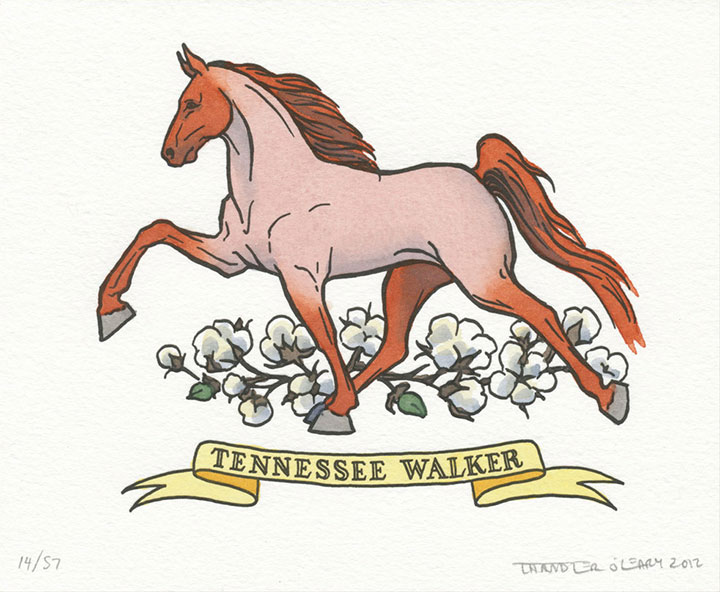
took the opportunity to push the envelope of what hand-coloring could do,
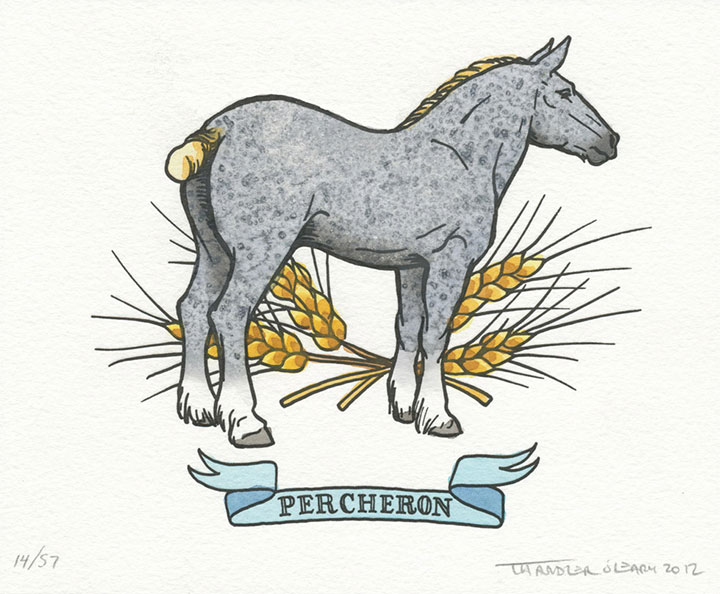
and even experimented with some wacky painting techniques.
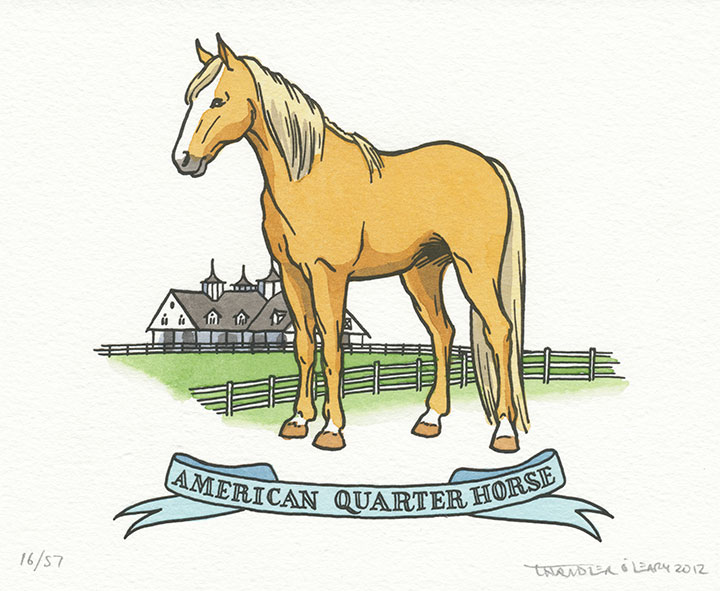
I’m really happy with how these turned out, and I can’t wait to show them off at Codex in February!
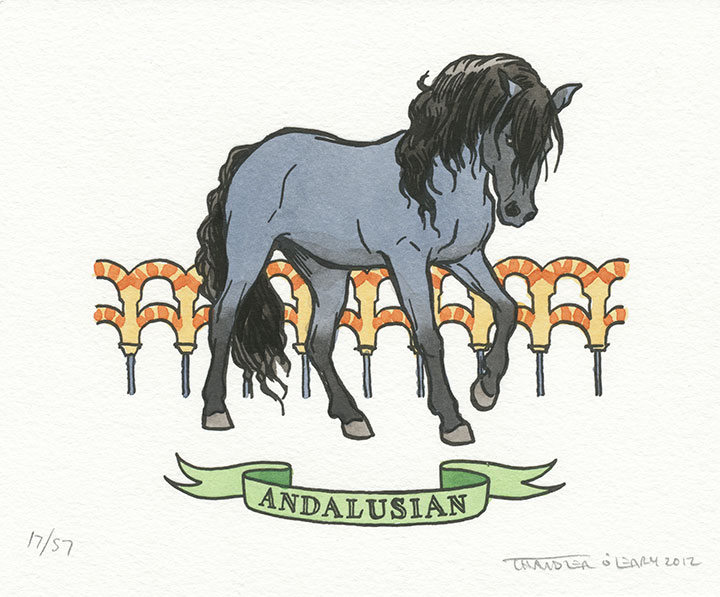
Colophon reads:
I am not a member of the horsey set. I grew up far too poor for riding lessons, and I can’t claim ever to have used the phrase “saddle up” in the literal sense. Yet horses are as much a part of me as of any American who ever looked westward in wonder. They are living symbols of the wildness that still infuses our deepest desires—even if they no longer permeate our everyday culture.
I never had a pony as a child, but now I can boast a round dozen. Enclosed here is my very own horsey set, displayed in an equine rainbow of dapple grays, strawberry roans, pale palominos, skewbald bays and rich chestnuts. This assembly gathers an assortment of traits and histories to tell the story of our fascination with horses. Each mount stands surrounded by the trappings of its trade or the symbols of its origins.
These trusty steeds were letterpress printed and individually hand-painted in Tacoma, Washington—at the very end of a frontier founded on horsepower. Twelve breeds were printed in an edition of 57 impressions apiece; the entire herd is corraled in thirteen saddle-bag sets.
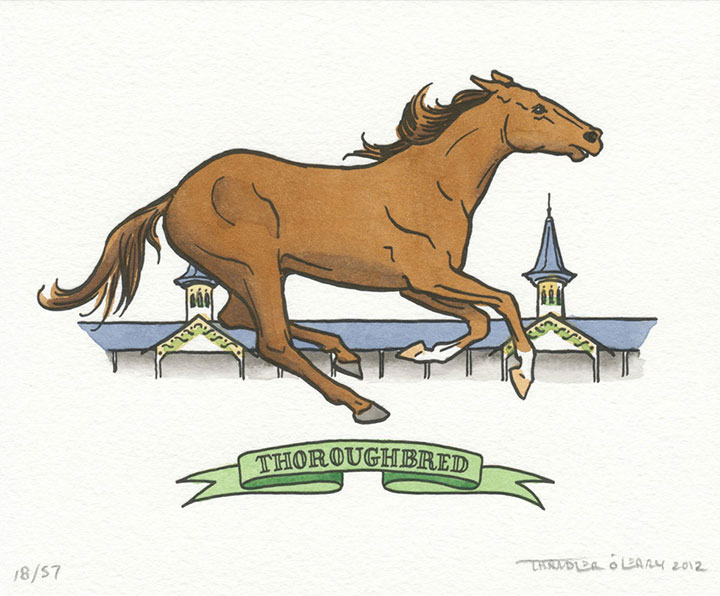
UPDATE (May 2014): a Hold Your Horses set is now part of the permanent collections at both the Phoenix Public Library and the University of Virginia Library! So if you’re local to either of those places, you can go check them out in person!
You’ll find individual horse prints in the shop.
Giddy up!

November 6th, 2012
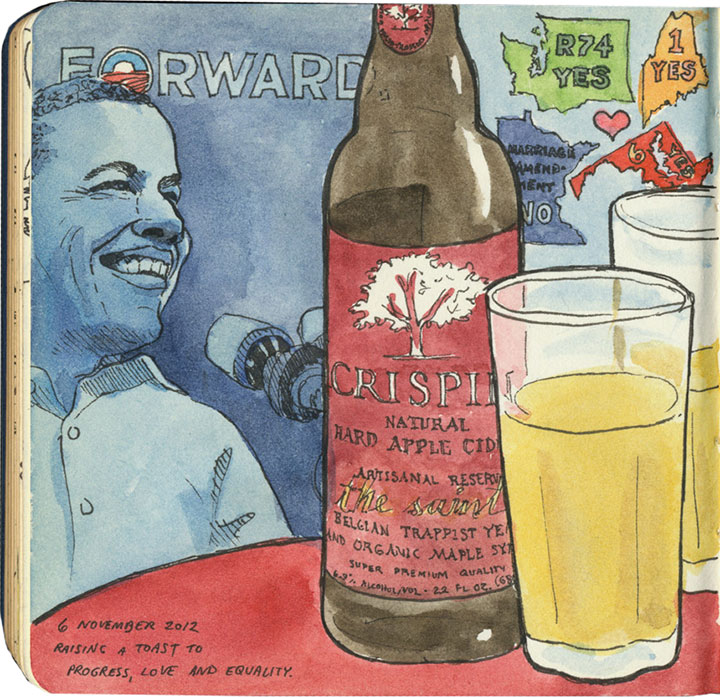
“It doesn’t matter whether you’re black or white or Hispanic or Asian or Native American or young or old or rich or poor, abled, disabled, gay or straight. You can make it here in America if you’re willing to try.”
— President Obama, 6 November 2012
There’s a lot of work ahead, and not every step we took today was in the right direction. But I want to thank everyone who voted for women’s rights, for marriage equality, for four more years. Tonight I’m raising my glass to everyone who voted to move us Forward.
November 5th, 2012
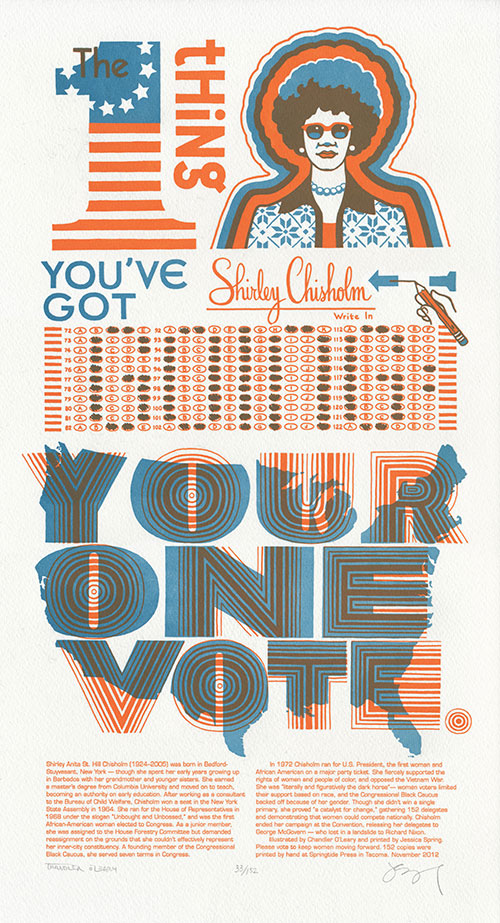
If you have any sort of link to the outside world (television, radio, internet access, newspaper, mailbox), chances are you’ve been unable to escape this year’s deluge of advertising, chatter and glossy-printed recycling fodder—all centered around this coming Tuesday. It’s enough to have even four-year-olds throwing up their hands in frustration. Jessica and I, however, have spent many hours sifting through election material—1972 election material, I mean. To remind us of what’s really important this year (and every year), we turned to the woman who help paved the way for our current President.
The one thing you’ve got going: your one vote. —Shirley Chisholm
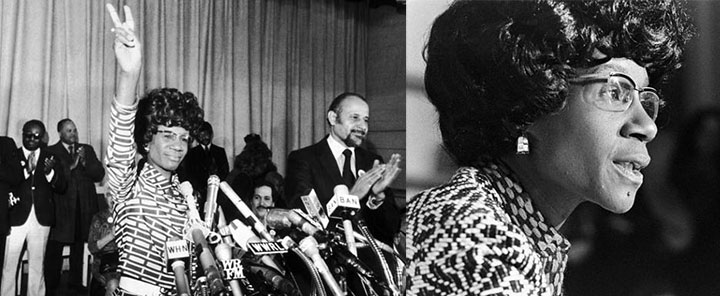
Shirley Chisholm was one of fifteen Presidential candidates in 1972. It was a volatile time: the Vietnam War was the center of public discord; movements for civil rights and gender equality were major issues around the western world; and the race came on the heels of the 1968 race—one of the bloodiest election years in American history.
Shirley knew she was a long shot; she even referred to herself as “literally and figuratively the dark horse.” Yet she also knew that to run for President, all that was required was to be a natural-born U.S. citizen of at least 35 years of age. There was nothing in there about being male or Caucasian—and as a member of the U.S. House of Representatives, she was at least as qualified as her fellow candidates. So she ran, because it was her right, and because she knew that if she played it smart and started winning delegates, she’d have some power to leverage.
Shirley sought to create a truly representative government. Rather than a cookie-cutter set of interchangeable politicians running the country, she envisioned an America where each region, economic sector and ethnic group elected one of its own to office. She wanted to see a woman heading the Department of Education & Welfare; a Native American in charge of the Department of the Interior. And as a freshman Congresswoman she was assigned to the House Forestry Committee but refused to serve—how would forest stewardship or agricultural bills represent New York’s inner-city 12th Congressional District?
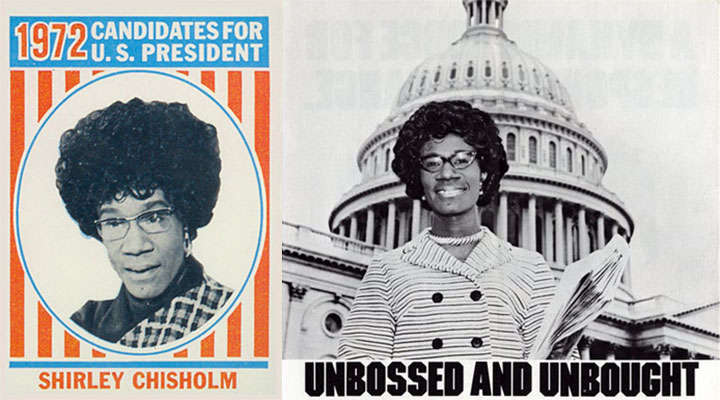
She also saw her office as an opportunity to encourage women—especially women of color—to get involved in politics. Every member of her staff was a woman, half of them African-American. To say the least, her very presence made her fellow legislators nervous—and on top of everything else, she was probably the only woman of color in the whole country who made the exact same salary as her white male colleagues. (Heck, for people like Yvette Clarke or Barbara Lee, that’s probably still true for the most part. How depressing is that?)
On the national political stage, however, her race and gender were two strikes against her. She gathered support from the National Organization for Women, but when the time came for NOW to officially endorse a candidate, their squeamishness over the possibility of a black nominee overcame their lip service. And the Black Congressional Caucus, of which Shirley was a founding member, threw her under a bus because they couldn’t bring themselves to support a female candidate. To me, that’s the most interesting thing—Shirley Chisholm always said she faced far more discrimination over her gender than the color of her skin.
Still, though she had to battle opposition and prejudice from all sides, she worked to bring people of all stripes together. When her opponent George Wallace (yes, that George Wallace—Mr. “Segregation Now, Segregation Tomorrow, Segregation Forever”) was wounded in an assassination attempt, Shirley visited him in the hospital. They were the ultimate Odd Couple: years later Wallace used his clout among Southern congressmen to help Shirley pass a bill giving domestic workers the right to a minimum wage.
In the end, though she gathered 152 delegates, she knew she’d never snag the Democratic nomination. So she conceded to George McGovern—who went on to win just one state (Massachusetts) in the 1972 Presidential election. Take a look at the electoral college map for that year:
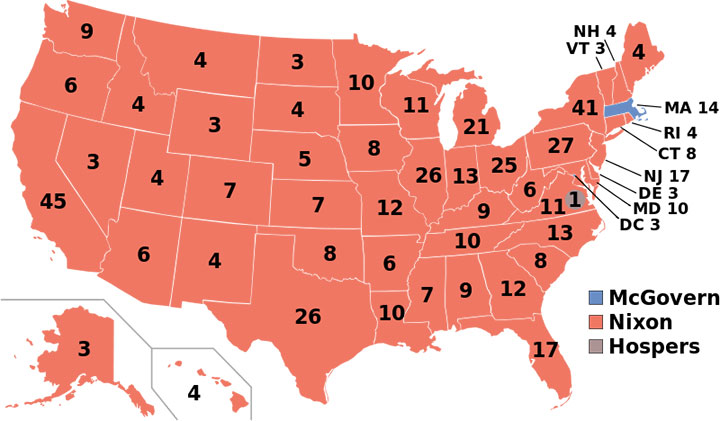
That’s a whole lotta red.
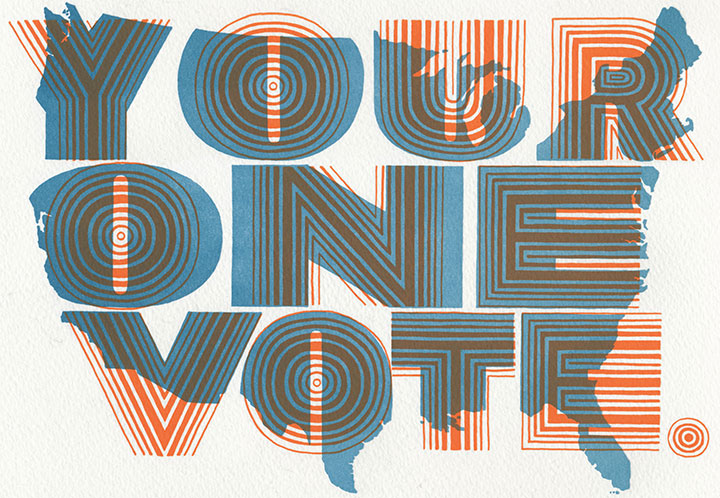
And since this election season marks the fourth anniversary of our series, that map was the starting point for Keep the Change, our new Dead Feminist broadside. I redrew the map in blue, and from there we crafted a period homage to Shirley’s impeccable style and substance.
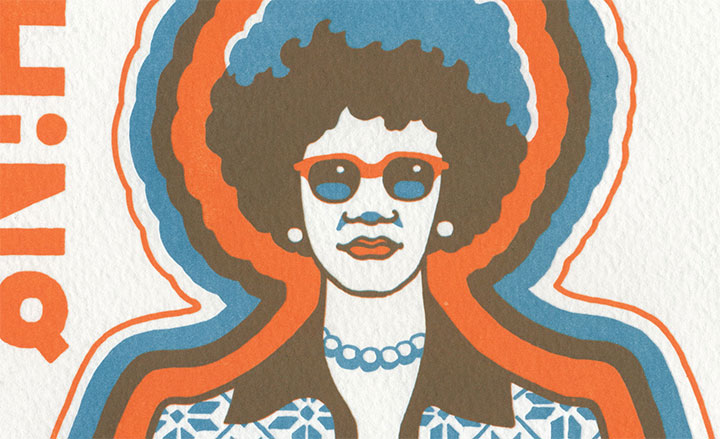
The 12th Congressional District was one of the areas hardest hit last week by Hurricane Sandy. While the immediate recovery efforts in the city are crucial, we also recognize the importance of serving a community long after the disaster relief efforts have ended. So to help continue Shirley’s long-term service to her home city, we’ll be donating a portion of our proceeds to Bedford Stuyvesant Restoration, the nation’s first non-profit community development corporation. Restoration partners with residents and businesses to improve the quality of life of Central Brooklyn by fostering economic self sufficiency, enhancing family stability, promoting the arts and culture and transforming the neighborhood into a safe, vibrant place to live and work.
In the meantime, let’s do what Shirley did best—cast our vote, and keep fighting the good fight.
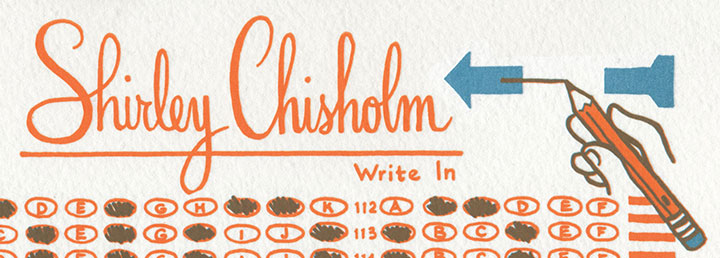
• • • • • • • • • • • • • • • • • • • • • • • • • • • • • • • • • • • • • • • • • • • • • • • • • • • • • • • • • • • •
Keep the Change: No. 16 in the Dead Feminists series
Edition size: 152
Poster size: 10 x 18 inches
Printed on an antique Vandercook Universal One press, on archival, 100% rag (cotton) paper. Each piece is numbered and signed by both artists.
Colophon reads:
Shirley Anita St. Hill Chisholm (1924–2005) was born in Bedford-Stuyvesant, New York — though she spent her early years growing up in Barbados with her grandmother and younger sisters. She earned a master’s degree from Columbia University and moved on to teach, becoming an authority on early education. After working as a consultant to the Bureau of Child Welfare, Chisholm won a seat in the New York State Assembly in 1964. She ran for the House of Representatives in 1968 under the slogan “Unbought and Unbossed,” and was the first African-American woman elected to Congress. As a junior member, she was assigned to the House Forestry Committee but demanded reassignment on the grounds that she couldn’t effectively represent her inner-city constituency. A founding member of the Congressional Black Caucus, she served seven terms in Congress.
In 1972 Chisholm ran for U.S. President, the first woman and African American on a major party ticket. She fiercely supported the rights of women and people of color, and opposed the Vietnam War. She was “literally and figuratively the dark horse”— women voters limited their support based on race, and the Congressional Black Caucus backed off because of her gender. Though she didn’t win a single primary, she proved “a catalyst for change,” gathering 152 delegates and demonstrating that women could compete nationally. Chisholm ended her campaign at the Convention, releasing her delegates to George McGovern — who lost in a landslide to Richard Nixon.
Illustrated by Chandler O’Leary and printed by Jessica Spring. Please vote to keep women moving forward.
Available now in the Dead Feminists shop!
November 1st, 2012
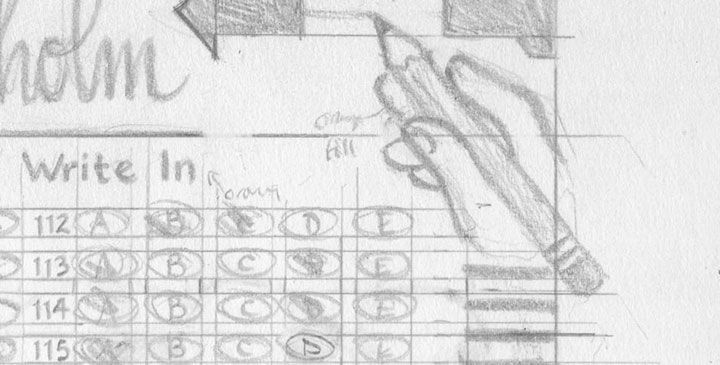
Our pencils are sharp, and our presses are fired up. Jessica and I are churning out our next candidate for Dead Feminist, and she’ll be on the ballot next week. You can catch her online then, or if you’re local, see her first at this weekend’s Studio Tour. Both Jessica and I will be open both Saturday and Sunday, as usual—more info and maps/directions here.
October 22nd, 2012
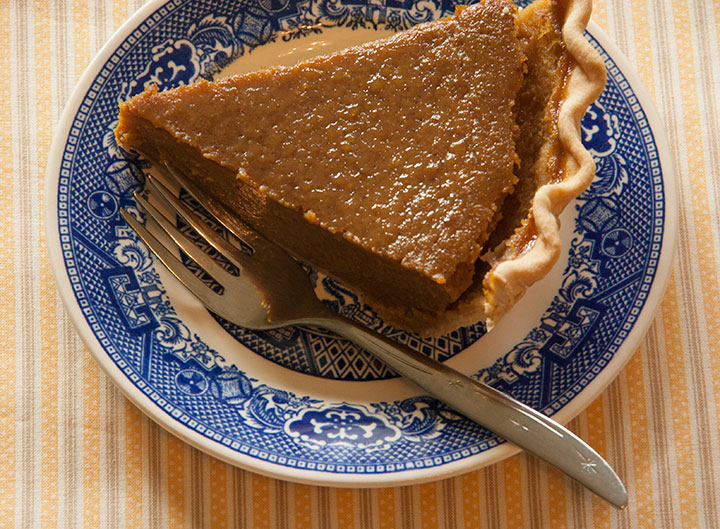
You know what might just be the best thing about fall? It’s pumpkin pie season again!

![Chandler O'Leary [logo]](https://chandleroleary.com/wp-content/themes/chandleroleary/images/logo.png)


























































